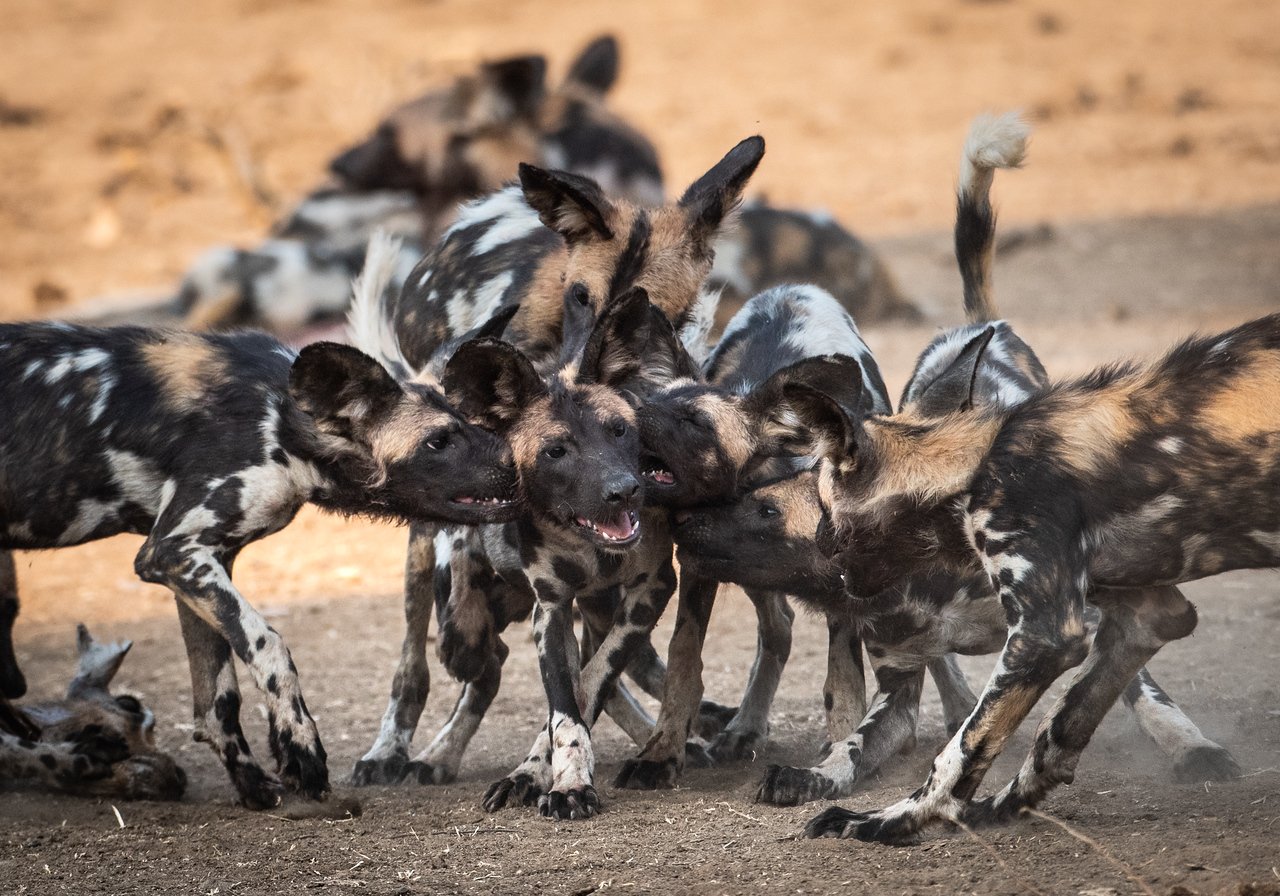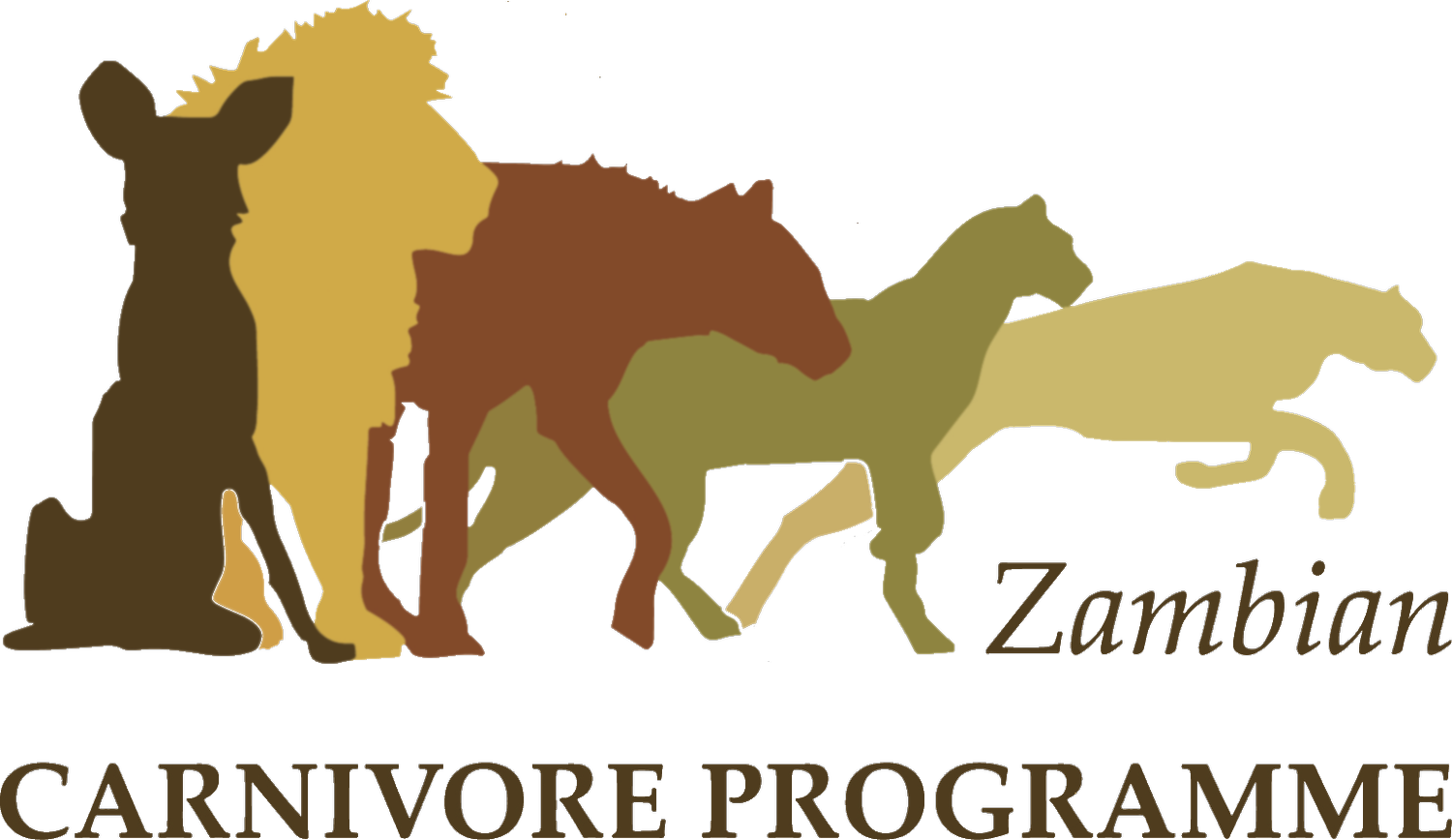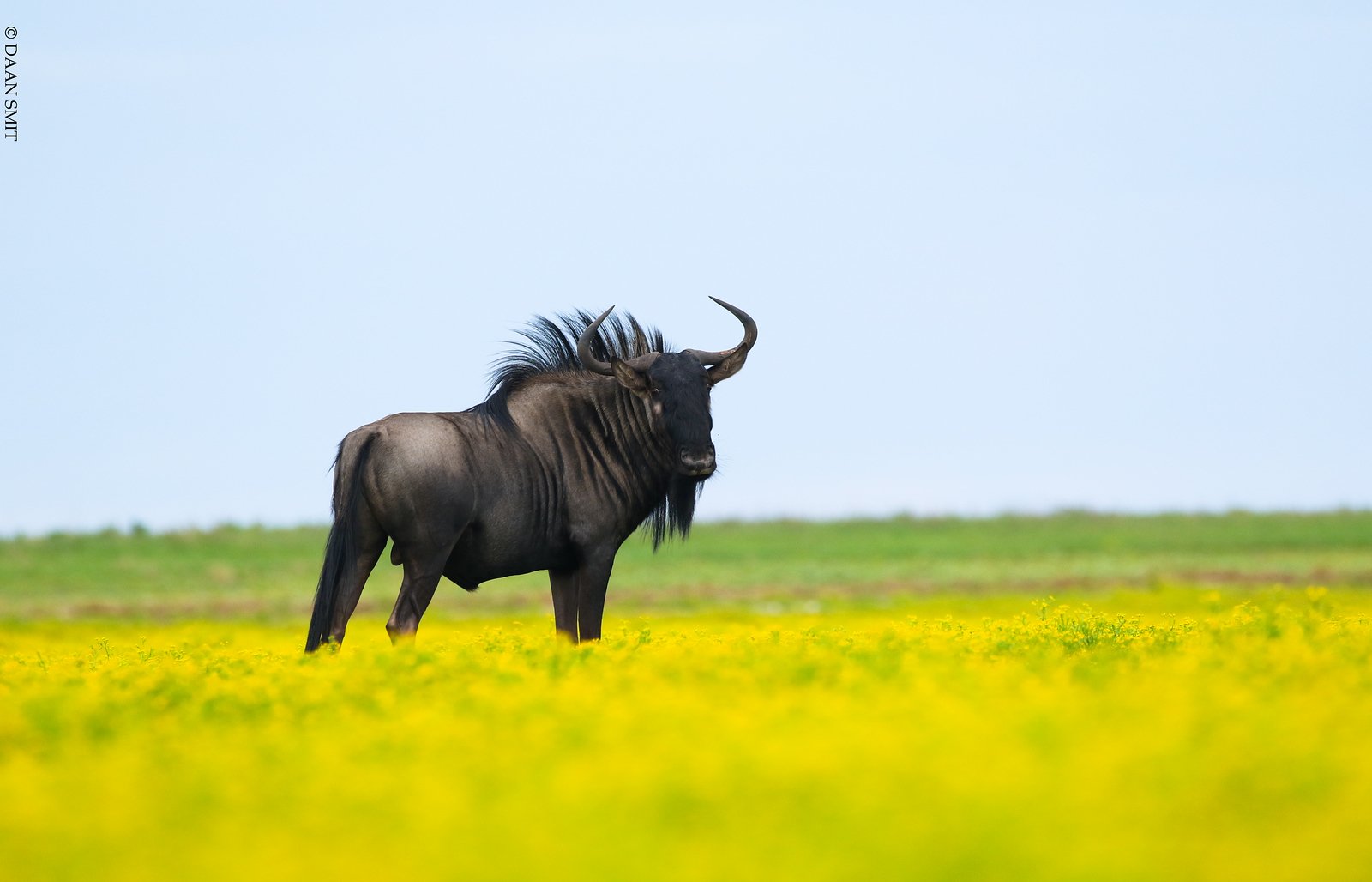
Conservation Science
Effective conservation relies on accurate and current data to guide and inform management actions. Consequently, research and monitoring play a fundamental role in identifying, describing and evaluating dynamics, limiting factors and threats to species and ecosystems.
In order to accomplish this, ZCP relies on a full-time year-round research presence in their study sites, with the organization 100% field-based and conducting operations through basic camps situated in the Luangwa, Liuwa, and the Kafue ecosystems. Work entails intensive studies of radio-collared packs, prides, clans and coalitions as well as broader landscape level evaluations of presence, abundance and distribution. The success of this work fundamentally rests on our diverse and effective collaborations with local, national, and international partners, agencies, organizations and institutions that collectively provide the expertise, resources, and energy to address the myriad conservation challenges facing Zambia.
ZCP study sites encompass a wide range of biological, environmental and human variation, differing substantially key variables such as carnivore abundance, diversity, and distribution, prey abundance and diversity, habitat types, climate, and human impacts. Collectively this allows a unique opportunity to evaluate the dynamics of these species across a broad array of factors. We have published over 60 peer-reviewed articles in high-impact scientific journals, and our rigorous science-based approach helps ensures the best possible conservation outcomes.
Large Landscape Conservation
Zambia and the region are characterized by dryland ecosystems that are highly seasonal in the extent and amount of water available, and require mobility for both wildlife and people to respond to these changes in rainfall and flooding patterns, particularly in the face of climate change. Consequently large landscape connectivity is of critical importance and can be compromised by an array of human activities, including encroachment, poorly planned roads, dams and fencing, and lack of land-use planning. We work closely with an array of local, national and international partners to help address these issues.
Satellite-GPS locations from three dispersing wild dogs from the Luangwa Valley ecosystem. These sisters braved lions, crocodiles, poachers, raging rivers and other dangers on a 1,300-mile transnational journey between Zambia and Mozambique in effort to forge a new dynasty.
Click on this link to read the New York Times article highlighting their incredible journey.
The Luangwa River in the dry season. Zambia is characterized by dryland ecosystems with severe variability in rainfall and water availability, making connectivity and protection of land and watersheds critical—particularly in the face of climate change
Meet Our Study Species:
Photo: Edward Selfe Photo Safaris
African Wild Dog (Lycaon pictus)
One of Africa’s most endangered carnivores, the African wild dog has been eliminated from most of its original distribution. Zambia is one of six countries with viable populations of this species, with the largest populations centered in the Greater Luangwa and Greater Kafue ecosystems. The most social of the dog family, wild dogs are a unique genus and live in tightly knit social groups as packs, communally rearing their young and defending territories.
We intensively monitor more than 400 individuals annually across dozens of packs and dispersing groups across the Luangwa, Kafue, and Liuwa Ecosystems as part of our long-term work. In addition to providing key demographic data on these critical populations, we also investigate the impacts of other threats such as snaring and the illegal bushmeat trade.
Cheetah (Acinonyx jubatus)
The world’s fastest land mammal currently resides in Zambia’s Greater Kafue and Liuwa Plain study areas (though they were historically found across much of the country). As the lowest density and widest-ranging of the large carnivores, cheetahs are considered “subordinate ” to more dominant lions and hyenas, and consequently often occur outside strictly protected areas. This, in turn, subjects these cats to ever-increasing human impacts.
Broadly, ZCP examines how human and ecological factors impact cheetah demography, space use, connectivity, and movements across gradients of protection. And though monitoring such a cryptic and wide-ranging species can be incredibly challenging, the ZCP field teams intensively monitored more than 30-40 cheetahs annually across the two resident ecosystems.
We also partner with the Africa Range-Wide Cheetah Conservation Initiative to monitor for cheetahs and wild dogs in the area between Liuwa Plains National Park and Angola, part of the proposed Liuwa-Mussuma Transfrontier Conservation Area.
African Lion (Panthera leo)
Zambia is one of Africa’s remaining lion strongholds, and annually we monitor more than 400 lions across the Luangwa Valley, Greater Kafue, and Greater Liuwa ecosystems. Similar to our work on wild dog and cheetah, ZCP examines how human and ecological factors impact lion demography, space use, connectivity, and movements. Currently we are closely examining the impacts of prey depletion on lion dynamics, both within and across ecosystems and gradients of protection. We are also working collaboratively with partners to support lion restoration efforts in the Greater Nsumbu Ecosystem, in northern Zambia.
Photo: Daan Smit/ZCP
Spotted Hyena (Crocuta crocuta)
As Africa’s most widespread, successful, and socially-complex large carnivore, hyaena are of key importance and found in every ecosystem we work in. Much maligned as a dirty scavenger, hyaena are actually prolific hunters and good mothers, living in a clan system where rank and maternity rule.
Unfortunately, spotted hyenas are subject to the same array of human threats that big cats and wild dogs suffer from, in addition to being associated with witchcraft and begin actively persecuted.
Our demography work in Liuwa is one of the world’s longest-running and most comprehensive hyena studies, and we intensively monitor more than 200 hyenas annually.
Photo: Edward Selfe Photo Safaris
Leopard (Panthera pardus)
The most solitary of the big cats, leopards are found throughout Zambia, with the Luangwa valley being the renowned ‘Valley of the Leopard.’ Seldom seen in most ecosystems throughout the continent, leopards are regularly observed in the Greater Kafue and Luangwa ecosystems.
Our leopard work in Kafue and Luangwa is primary accomplished through camera trap studies, and we seek to understand the impacts of bushmeat, prey depletion, and legal hunting on leopard population dynamics. We also assist with camera-trap based surveys in the Greater Kabompo, Greater Liuwa, and Greater Nsumbu Ecosystems for detection of leopard in these areas where they were once present.
Photo: Daan Smit/ZCP
Herbivores
Zambia has some of the highest herbivore diversity on the continent, including a number of endemic subspecies and one of the largest remaining wildebeest migrations on the planet.
In addition to being of critical importance to large carnivores (as prey), large herbivores are of key ecological importance as major structural agents of vegetation and nutrient cycling. Consequently, ZCP and DNPW have always emphasized conservation science work on herbivores, by conducting surveys across our focal ecosystems and through long-term intensive studies. We utilize distance sampling methods to estimate density, distribution, and the human and ecological factors affecting them.









